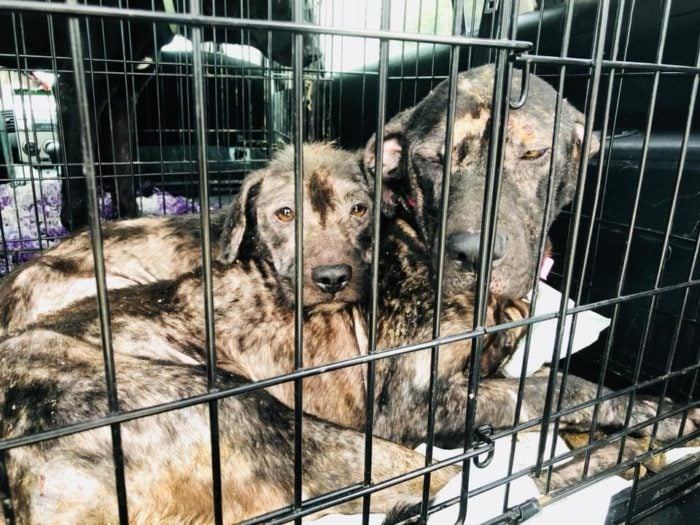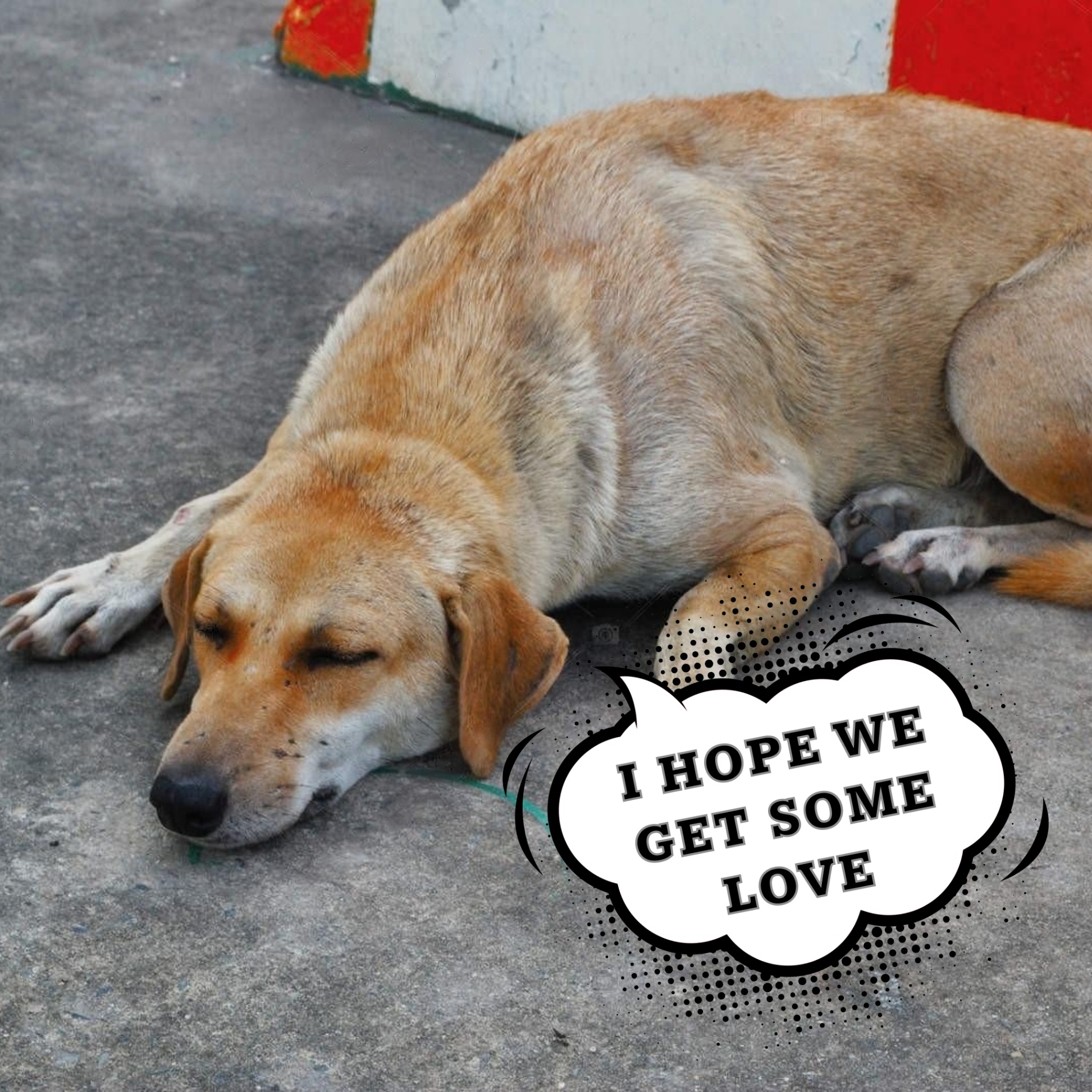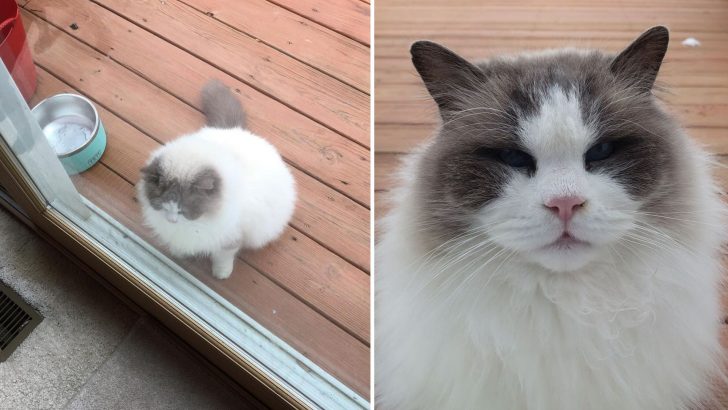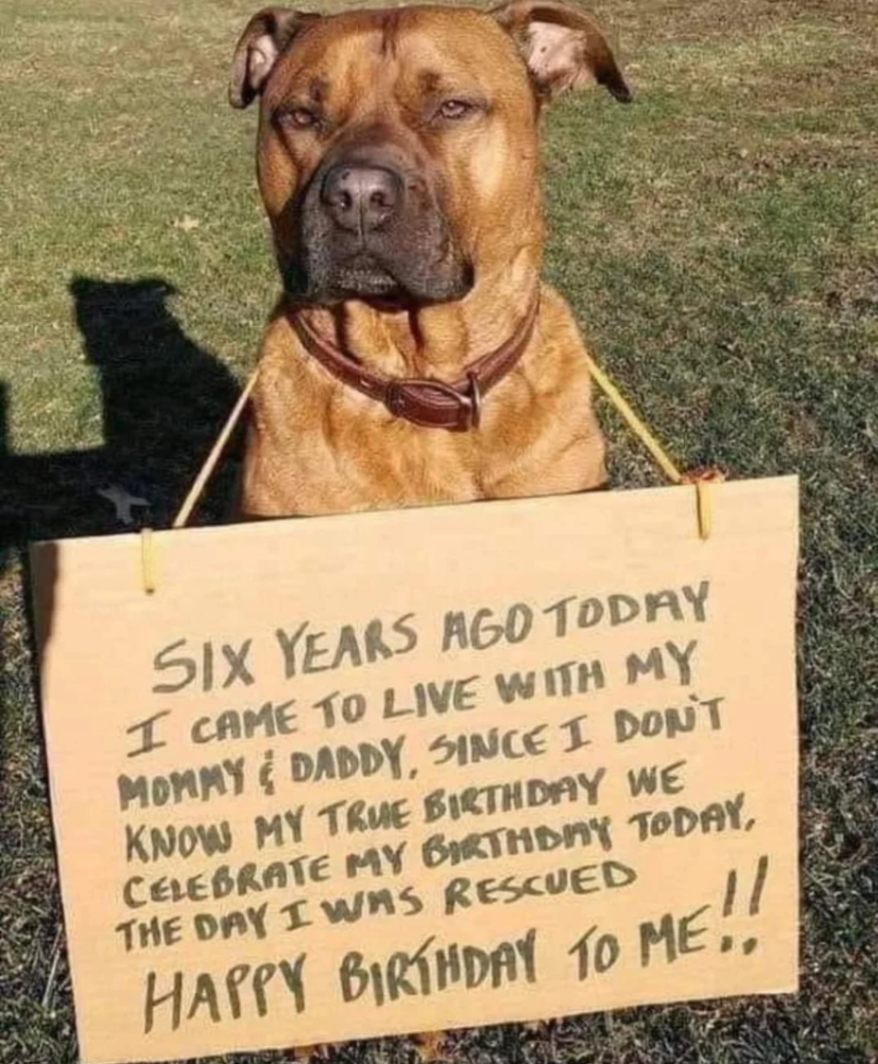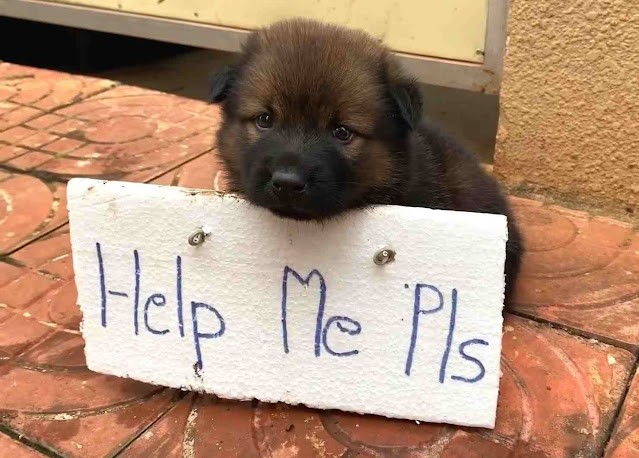The narrative of a cat grappling with challenges in its environment, enduring adversities, and demonstrating resilience is a poignant depiction of life’s struggles. The story portrays the cat’s tenacity, adaptability, and emotional fortitude, emphasizing the survival instincts inherent in the animal kingdom.
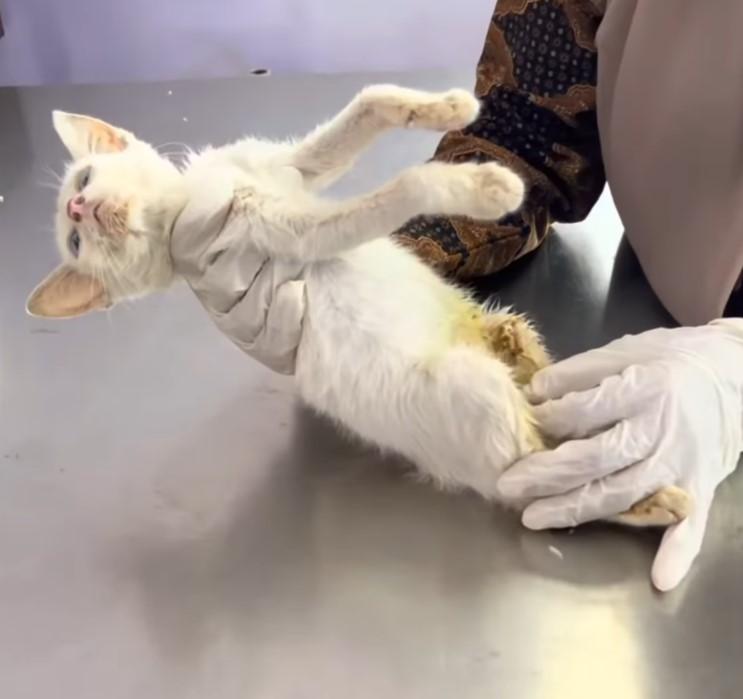
The abandoned cat, its once sleek fur now matted and stained, becomes a symbol of silent suffering. Gangrene, a cruel companion acquired through neglect, weaves its insidious threads through the feline’s limbs, threatening its very existence. The deserted streets echo with the muffled cries of a creature grappling with the harsh realities of abandonment, yet the cat refuses to surrender to despair.
It is in this dire situation that the cat’s tail takes on an unexpected role—a rhythmic expression of gratitude. Instead of succumbing to the agony of its affliction, the cat persistently wags its tail as if acknowledging the benevolence of those who dare to intervene. This simple yet powerful gesture becomes a testament to the animal’s unyielding spirit, a silent “thank you” to the unsung heroes who extend a helping hand.

The wagging tail becomes a dance of resilience, an affirmation that even in the darkest of moments, there exists a flicker of hope. It is a poignant display of the cat’s determination not only to survive but to acknowledge the kindness it encounters. Each rhythmic sway of the tail is a testament to the strength found in unexpected places, a beacon that transcends the language barrier between humans and animals.
As compassionate individuals step into the narrative, the trajectory of the cat’s fate takes a turn. Rescuers, moved by the silent plea in the wagging tail, become the architects of its salvation. Medical attention, care, and a newfound sense of belonging replace the desolation of the alleyways. The narrative shifts from one of despair to one of transformative compassion.
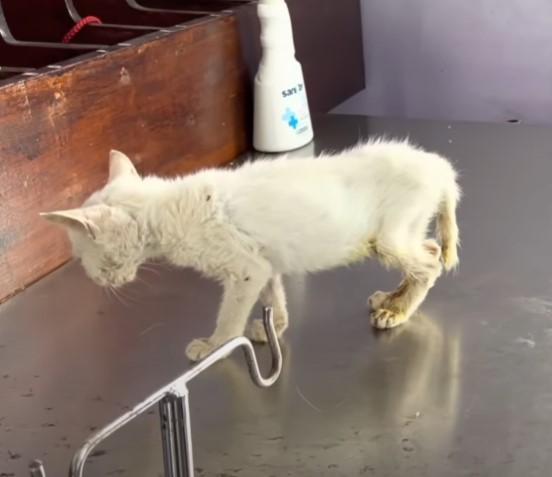
The cat’s journey, marked by the persistent wagging of its tail, becomes a microcosm of the broader human-animal connection. It challenges us to recognize the resilience embedded in the most vulnerable creatures and underscores the transformative power of kindness. In the tapestry of this poignant narrative, the cat’s wagging tail emerges not just as a gesture of gratitude but as a rallying cry for empathy and change.
